
Equipment / Gas Treating
Dehydration
Optimized for Every Environment
We offer a complete range of triethylene glycol (TEG), molecular sieve and silica gel systems to tackle every dehydration challenge. Our customized approach ensures the right solution for each application.
The Enerflex Edge
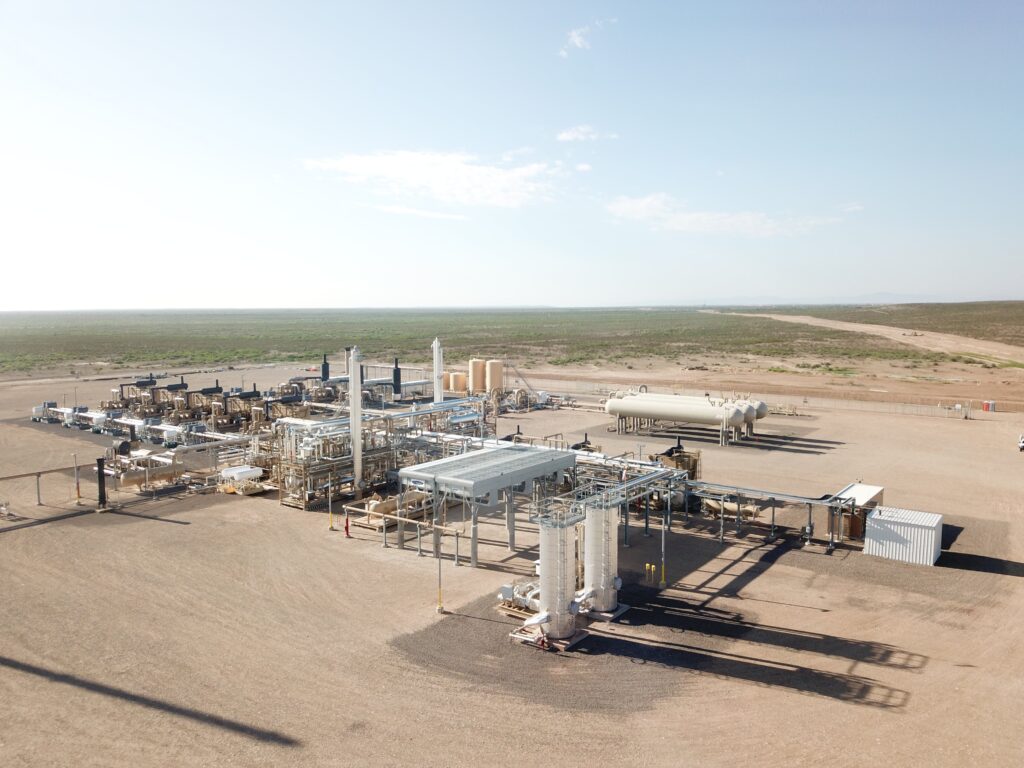
Balance of Plant
We design and deliver entire gas plants, not just individual components. This integrated approach improves safety, manages budgets more effectively, and ensures timely, straightforward installations.
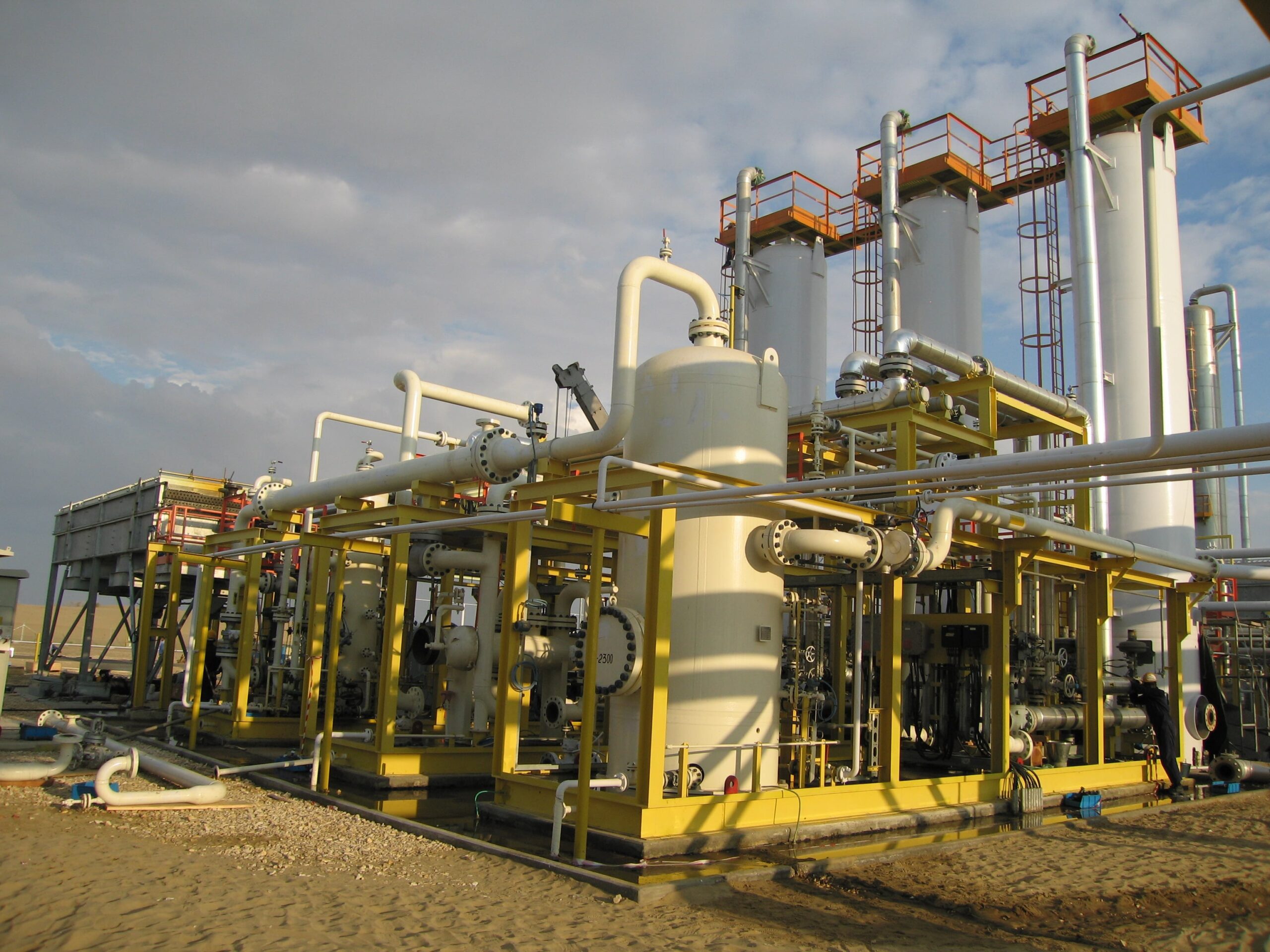
Integrated Control Solutions
We offer complete control solutions for gas dehydration systems, using either PLC or DCS systems to suit the application. This integration enhances operational efficiency across the facility.
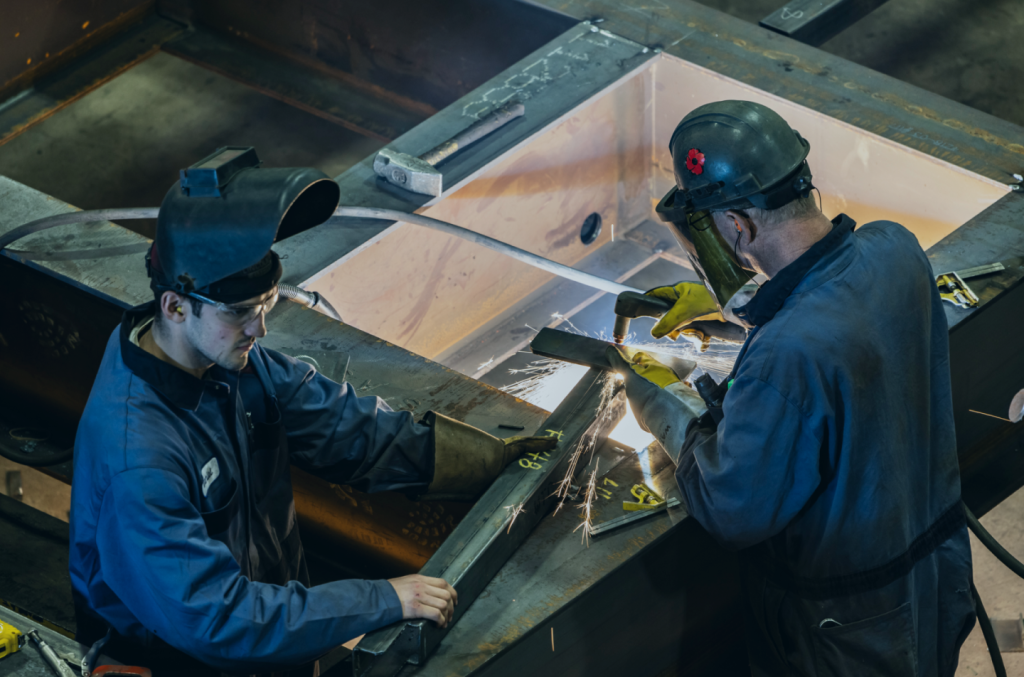
High-Quality Manufacturing
Our manufacturing capabilities handle complex projects, with quality engineering that meets or exceeds industry standards, guaranteeing reliable, long-lasting performance.
Specialized Dehydration Solutions
Glycol
- Achieves outlet gas specification of 2 lbs water/MMSCF or lower
- Enerflex supplies TEG units ranging from 5 to 80+ GPM
- Designed to meet high specifications across all environments
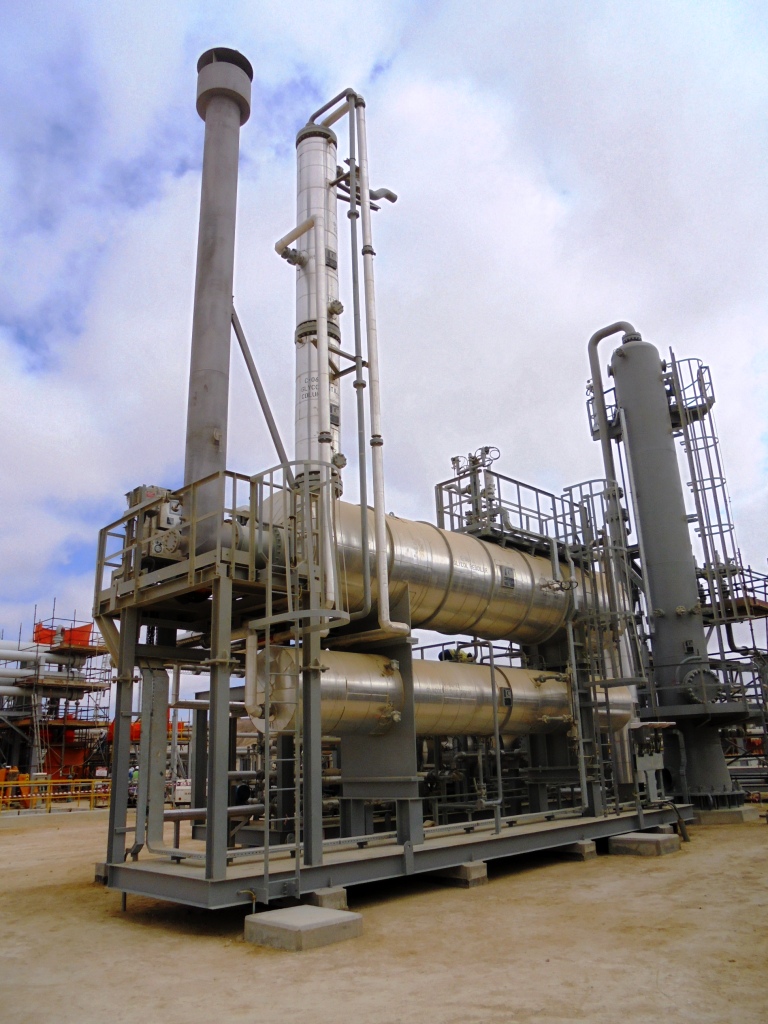
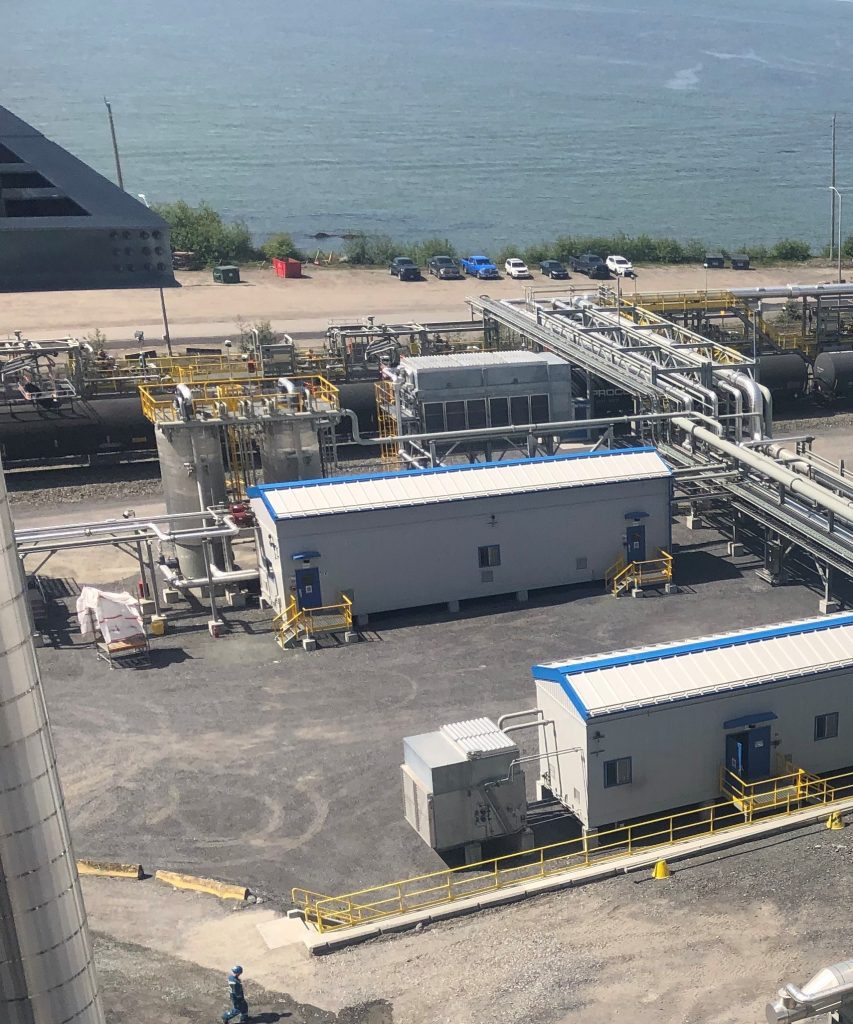
Molecular Sieve
- Handles capacities up to and beyond 300 MMSCFD
- Features fully automated switching valves for mode control
- Optimized bead design ensures maximum efficiency, reaching dew points below -100°C (-150°F) and achieves outlet gas water contents less than 0.1 PPM (parts per million).
Silica Gel Dehydration
- Ideal for sour gas applications, challenging logistics where lower outlet water content prevents the use of TEG dehydration
- Achieves water dew point levels as low as -50°C (-60°F)
- Customizable to meet specific field requirements with Enerflex’s engineering expertise
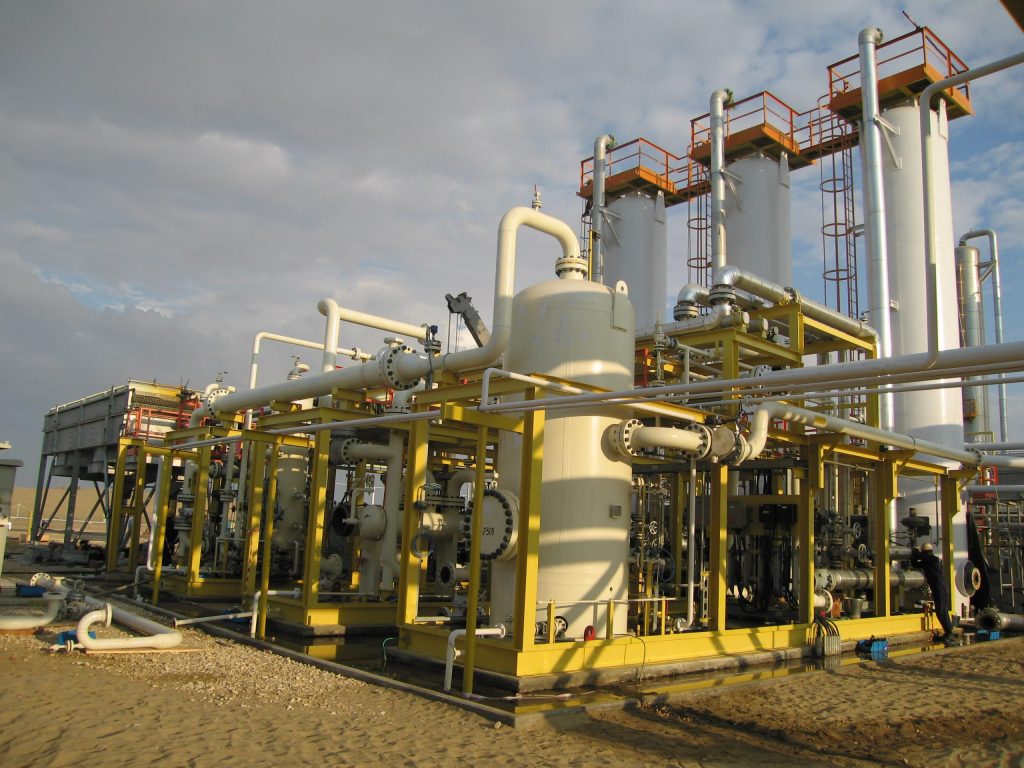
Case Study
Permian Basin Natural Gas Compression Facilities with Dehydration
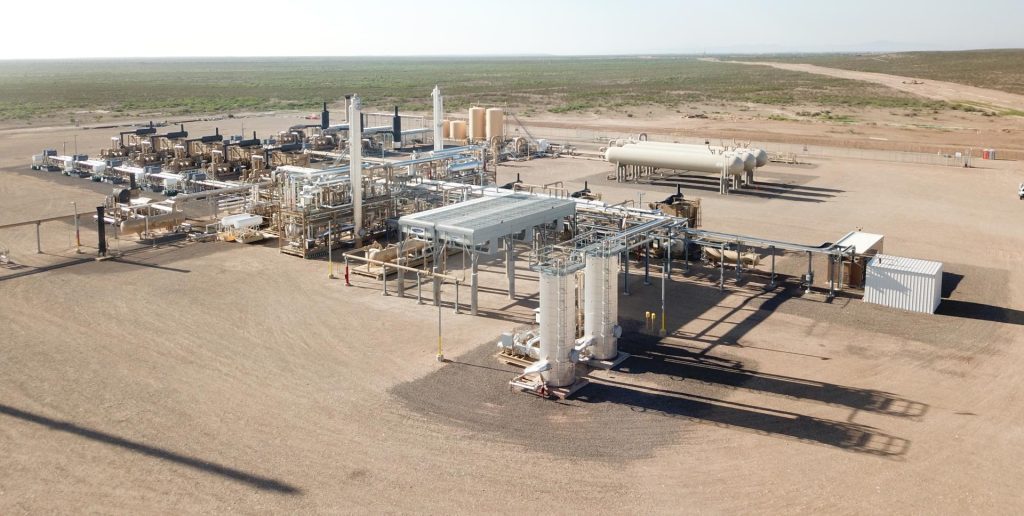
Challenge:
This historical oil-producing region in west Texas is being revived through horizontal drilling and multi-stage fracturing, with unconventional production of oil, solution gas, and natural gas liquids growing rapidly.
Solution:
Enerflex signed a Build-Own-Operate-Maintain (BOOM) contract with an oil and gas producer for two compression facilities in the Permian basin. The two facilities each include three reciprocating compressors, driven by natural gas engines, with slug catchers, dehydration, and H₂S removal.
Outcome:
The turnkey facilities were bundled with two-year operations and maintenance contracts. The construction, installation, and start-up for both turnkey rental compressor stations were completed on schedule. Monthly operations and maintenance of the compressor stations are delivered by Enerflex from its service branch in Odessa, Texas.
Build-Own-Operate-Maintain Solutions
Enerflex’s BOOM model provides complete dehydration solutions, managing design, construction, operations, and maintenance. This ensures efficient water removal, cost certainty, and faster gas-to-market timelines.
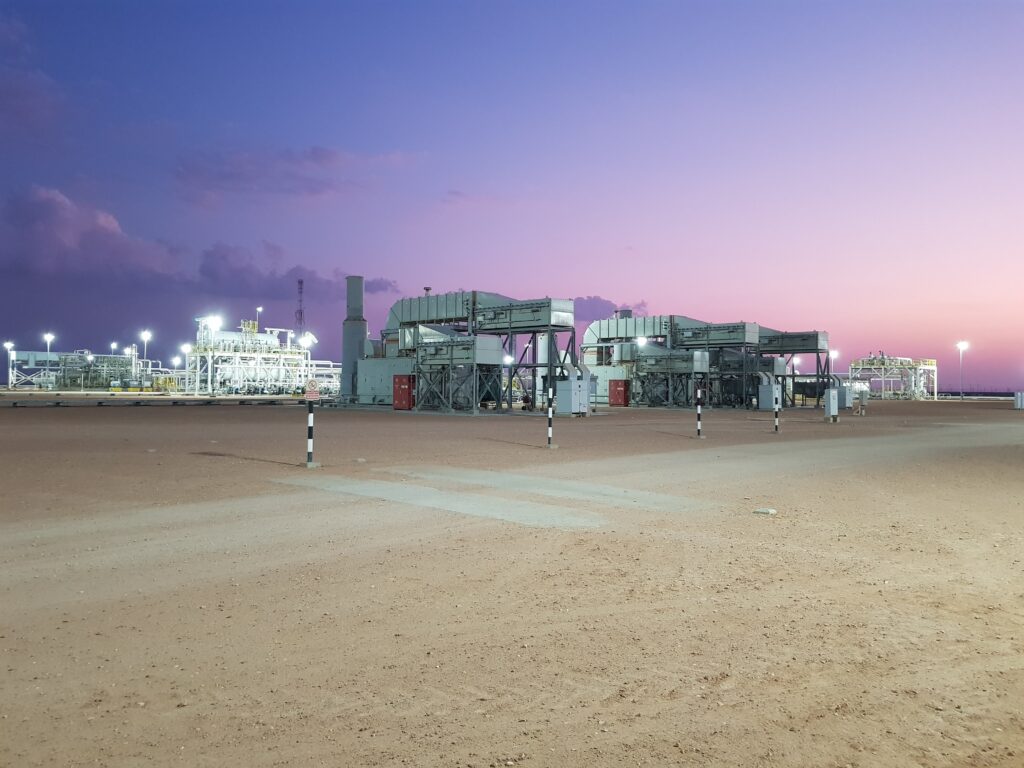
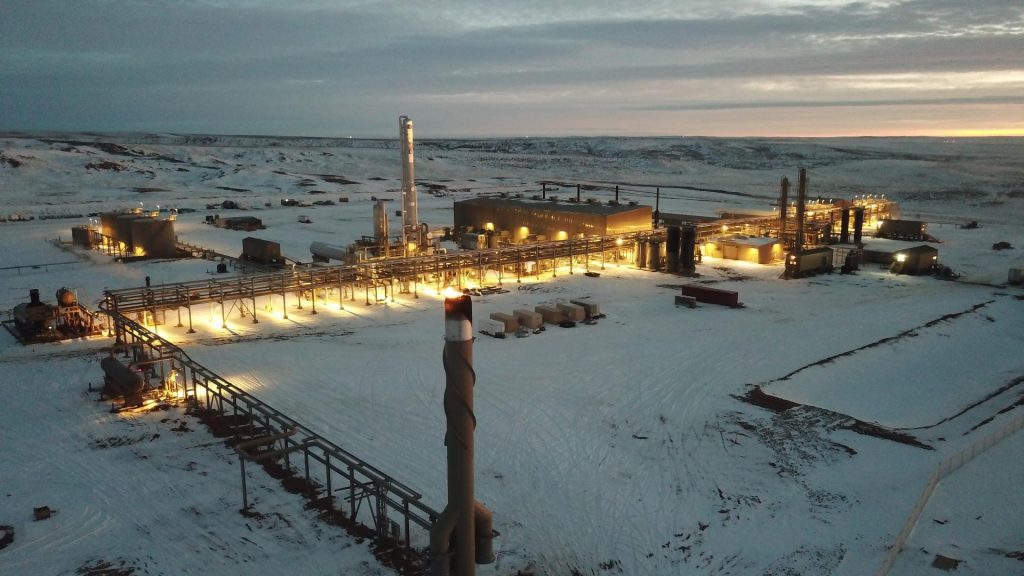
Cryogenic / Deep Cut
Cryogenic processing can complement dehydration systems by maximizing liquid recoveries. Enerflex’s cryo solutions work alongside dehydration units to enhance overall hydrocarbon extraction, increasing the value of your natural gas output.